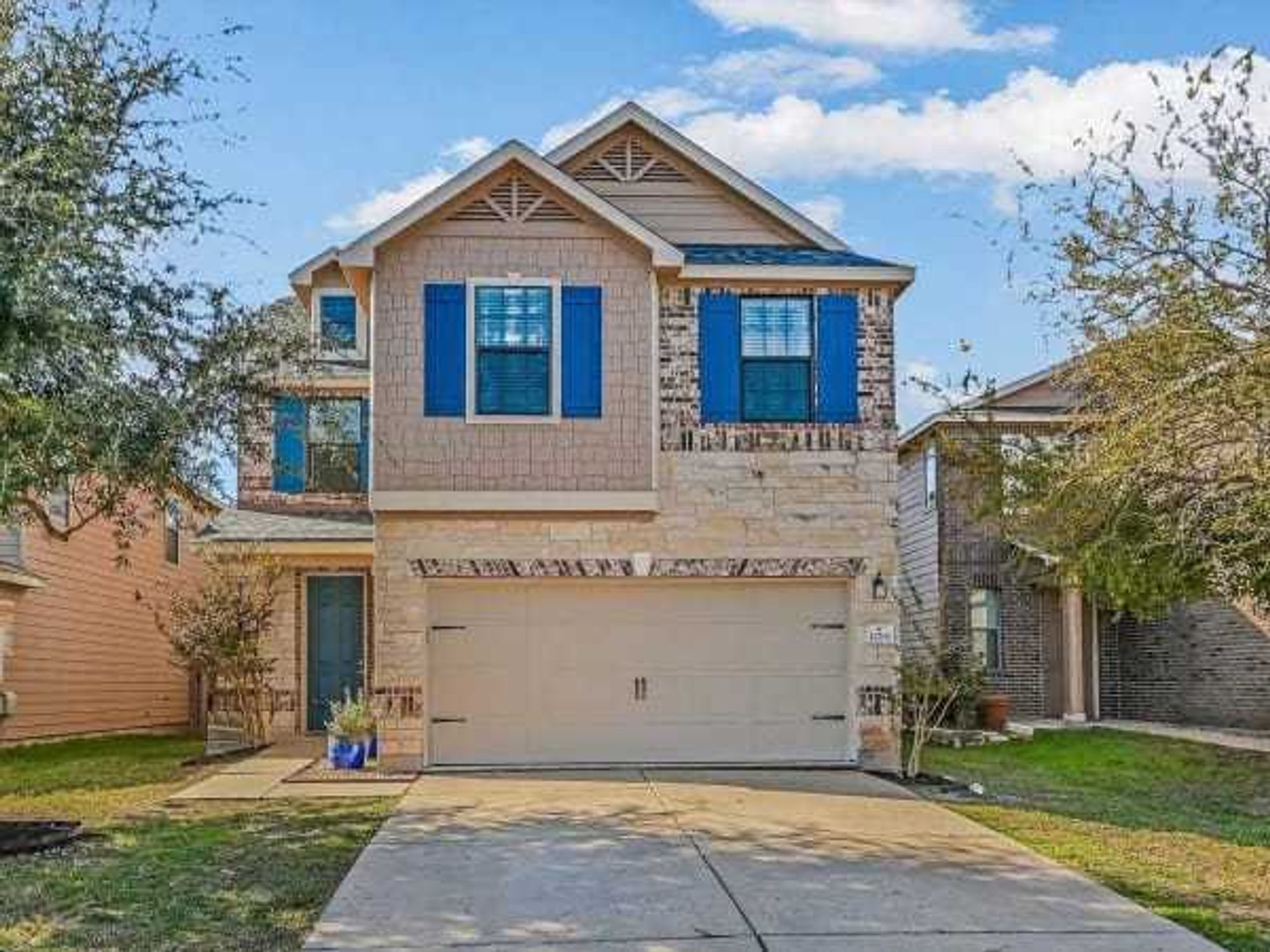Real Estate Rumblings
Is Austin in a housing crisis? Affordability concerns continue to grow

Affordability issues continue to plague the Austin housing market. As data in the Austin Board of Realtors’ (ABoR) January report reveals, the city’s affordability options continue to wane making the call to action more needed than ever before.
Median home prices surged in January 2016, increasing by 6.3 percent year-over-year, reaching $254,999. Average home prices grew nearly 4 percent year-over-year to $322,620. While Austin-area single-family home sales dropped slightly in January (a 1.9 percent decrease year-over-year), there were also more homes on the market (4,751 total active listings, an 11.4 percent increase from the year prior), which may explain the decline in properties sold. In other words, as home sales drop and prices increase, there’s a bigger imbalance between supply and demand.
The strain placed on the housing market is further apparent in Austin’s inventory. January 2016 saw housing inventory fall below three months, which marks the third year in a row of this trend. With Austin homes spending an average of 56 days on the market in January, this statistic proves to be concerning. As reported by the Real Estate Center at Texas A&M University, six-and-a-half months of inventory — well above the Austin average — represents a market in which supply and demand for homes is balanced.
“If we’re going to successfully address our city’s continued affordability issues, we all need to work together,” said Aaron Farmer, ABoR president, in a release. “We’re excited that several business owners and community leaders are stepping up and bringing new, tangible solutions to the table to help alleviate some of the challenges.”
One of these key players is HousingWorks Austin’s executive director Mandy De Mayo who works to diversify housing options in the city. According to ABoR, in 2016 HousingWorks will focus on research, advocacy, and education to develop initiatives to tackle Austin’s affordability issues.
“Rewriting the land development code is incredibly important to overall market affordability and will ensure that Austin can serve a wide range of households with homes marketed at a variety of price points,” said De Mayo. “We haven’t had a new code since the 1980s, and if we can get it right this time, the end result will be a variety of housing options for all income levels.”
In an effort to combat the housing crisis in Austin, ABoR wants to help homeowners navigate the competitive market through special programs and by partnering with development experts, lending advisors, and legislative advocates to help increase affordable options and ultimately provide a better future to the city.
